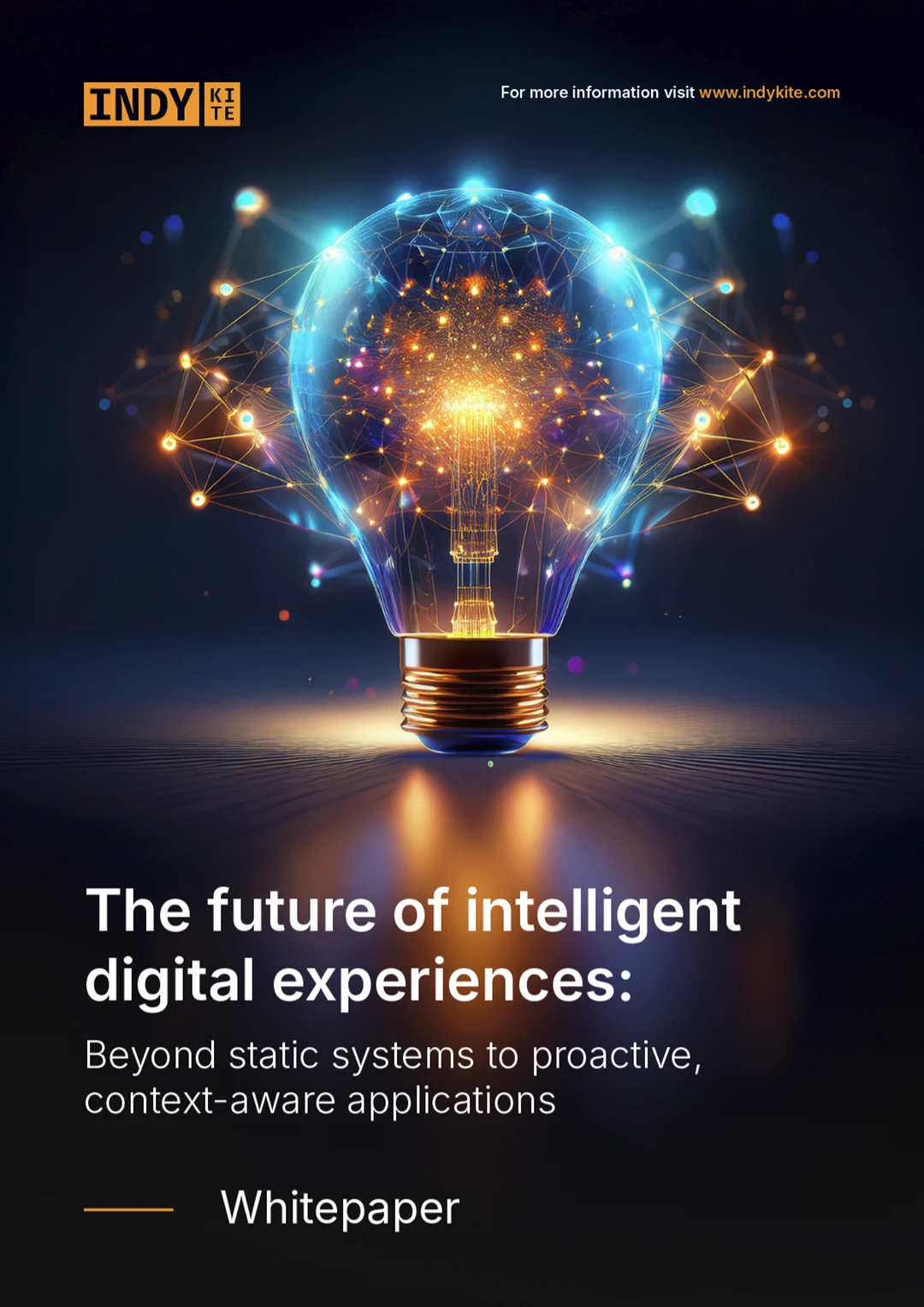AI governance must be built in – not added on
As enterprises move to operationalize AI, one principle is becoming clear: governance must be built into the foundation of AI systems, not layered on after deployment.
Too often, governance is introduced late in the AI lifecycle. Usage decisions are made, models are trained, and systems are integrated – all before the underlying data has been fully understood, traced, or aligned with enterprise policies. By that stage, it’s difficult to enforce controls or even pinpoint where governance gaps occurred.
This is especially true when AI systems rely on data pipelines that lack visibility into provenance, context, or usage rights. Without this information, there’s no way to determine whether the data supporting an AI decision was permitted, compliant, or appropriate for the intended use.
Instead of managing AI risk after the fact, organizations must shift governance upstream to the point where data is captured and mobilized.
To do this effectively, enterprises need:
- A data infrastructure that carries policy and context forward with the data
- Mechanisms to enforce governance rules automatically, as data moves into AI systems
- Controls that adjust based on who is using the data, for what purpose, and under what conditions
This operational model of AI governance, where policies are enforced at the point of use, helps ensure that AI systems are making decisions based on data that is trusted, compliant, and policy-aligned from the start.
Rules that can't be enforced don't reduce risk
Most enterprises have expectations around how data should be handled: what can be used, where, by whom, and under what conditions. These rules are often documented across teams and systems, but they rarely make it into the operational flow where AI actually consumes data.
The disconnect is simple but serious: if data usage rules aren’t embedded where decisions are made, they won’t shape outcomes.
For example:
- Data marked as sensitive may end up in model training because enforcement wasn’t built into the pipeline.
- Consent requirements may be logged in a database, but ignored during real-time inference.
- Use limitations based on geography, time, or intent may exist – but only in principle, not in practice.
This is where governance breaks down. It’s not enough to define rules upstream. AI systems need to operate in environments where those rules are visible, connected, and enforceable – automatically, not manually.
That means designing data pipelines and infrastructure to retain usage context and respond to it. Systems should be able to block or adapt based on the conditions attached to the data, whether that’s consent, contractual limitations, or regulatory boundaries.
Governance only works when systems are able to act on it. Without built-in enforcement, rules are easy to overlook, and risks are harder to detect or contain.
Embedding governance where data is used
For systems to act on governance, they need more than access control. They need context: information about where data came from, how it was collected, what it can be used for, and under what conditions.
This context often gets lost as data moves through different pipelines, platforms, and environments. Once the connection between data and its usage conditions is broken, enforcement becomes unreliable—and the risk of unintended use increases.
Embedding governance where data is used means carrying usage context forward through metadata and enforcing it directly within the systems that apply or deliver the data. Rather than assuming every dataset is available for every purpose, systems must evaluate each request in real time, based on the conditions attached to the data and the purpose of use.
In practice, this could mean:
- Blocking model inference if consent has expired or been withdrawn
- Allowing a dataset to be used for reporting, but not for training or sharing externally
- Enforcing region-specific data handling rules dynamically, based on the system or user location
This approach turns governance into a live function of the data environment, not a detached review process. When governance is embedded at the point of use, data retains its context, and AI systems operate within defined, traceable boundaries.
It’s a necessary step toward responsible, large-scale AI adoption—where rules aren’t just set, but followed automatically.
Enforcing responsible, secure data use for AI
Most enterprise data systems are built to manage access, ensuring that only approved users and systems can retrieve specific datasets. This model has served well in many environments, where data use was relatively stable, controlled, and transparent.
AI introduces new patterns. Data is used more dynamically, across more contexts, and often without direct human involvement. A dataset may be appropriate for one purpose, but restricted for another. Decisions about how data is used need to account not just for who is using it, but why, when, and under what conditions.
For example:
- A real-time recommendation system might combine customer location, profile, and transaction history to personalize offers—use that may be restricted under consent agreements.
- An autonomous agent may access the same dataset for different tasks, such as fraud detection in one case and service optimization in another, with different governance requirements for each.
- A machine learning pipeline may reuse training data across models, even when the original purpose of collection was limited to a specific application or timeframe.
These scenarios highlight a key shift: controlling who can access data is no longer enough. What matters is how that data is used once accessed.
Traditional access control models are binary—they determine whether a user or system can retrieve data. But in AI-driven environments, the real risks and requirements emerge from how the data is applied. The same dataset might be permissible for one purpose and restricted for another. A single action might be compliant in one context and out of bounds in another.
Governance now requires systems to:
- Evaluate the intended use of data in real time, referencing metadata that captures consent terms, usage purpose, sensitivity, and jurisdiction
- Apply differentiated rules that reflect the nature of the task—such as allowing internal reporting but restricting model training or cross-border sharing
- Actively block or adjust data usage when conditions change or when an action would violate internal policy, regulatory obligations, or contractual agreements
These needs reflect the growing complexity of modern data use. As systems become more autonomous and data is reused in different ways, the foundation for secure and responsible AI must include enforcement that works at the point of use.
Turning governance into an enabler of trusted AI
Effective AI governance isn’t a matter of oversight or review—it’s a capability that needs to be built into the systems that manage and use data. When governance is embedded into data infrastructure and enforced at the point of use, organizations can operate with greater clarity, reduce manual overhead, and scale AI responsibly.
This shift—from policy to practice, from access to use—gives enterprises the control they need without holding back innovation. It allows data to be used dynamically, even autonomously, while staying within the boundaries of regulation, consent, and internal purpose.
By designing systems to carry context, evaluate conditions, and enforce rules in real time, enterprises lay the groundwork for trusted AI—AI that is explainable, auditable, and aligned with how the organization intends data to be used.
Operational governance is not just a safeguard. It’s how you ensure that AI works as it should, every time.















